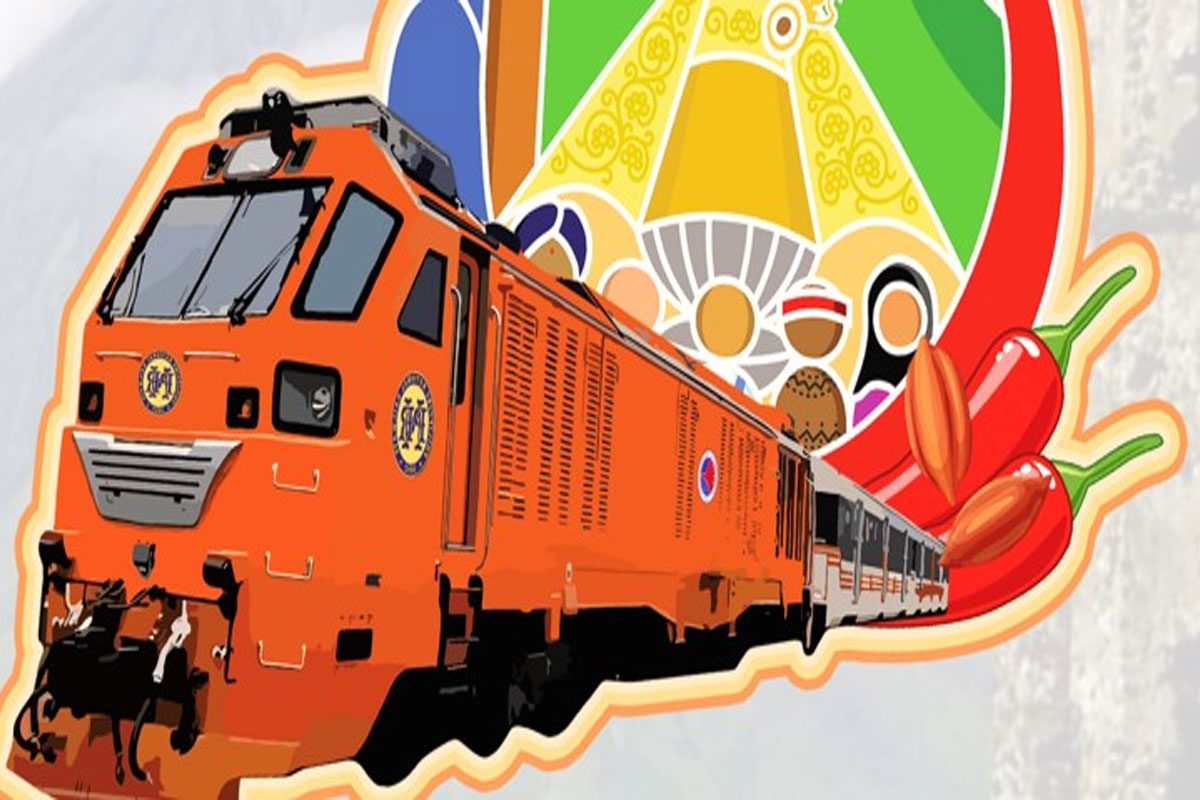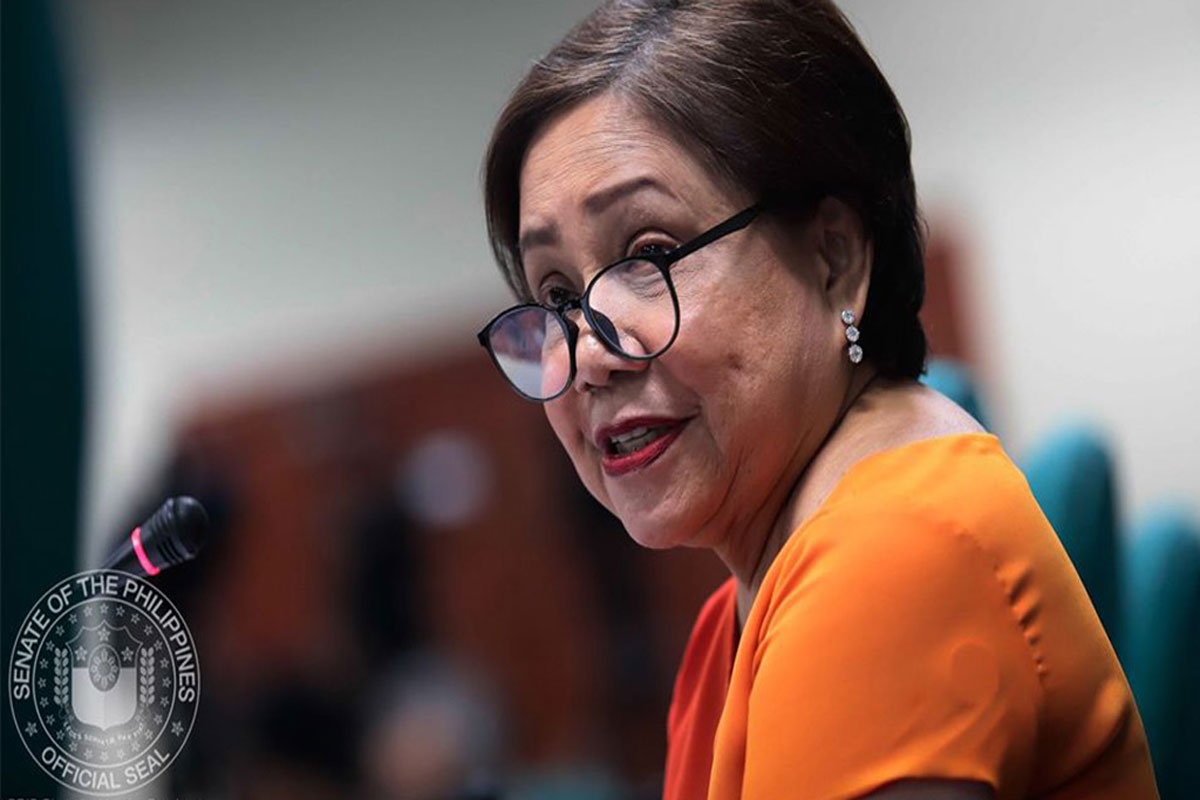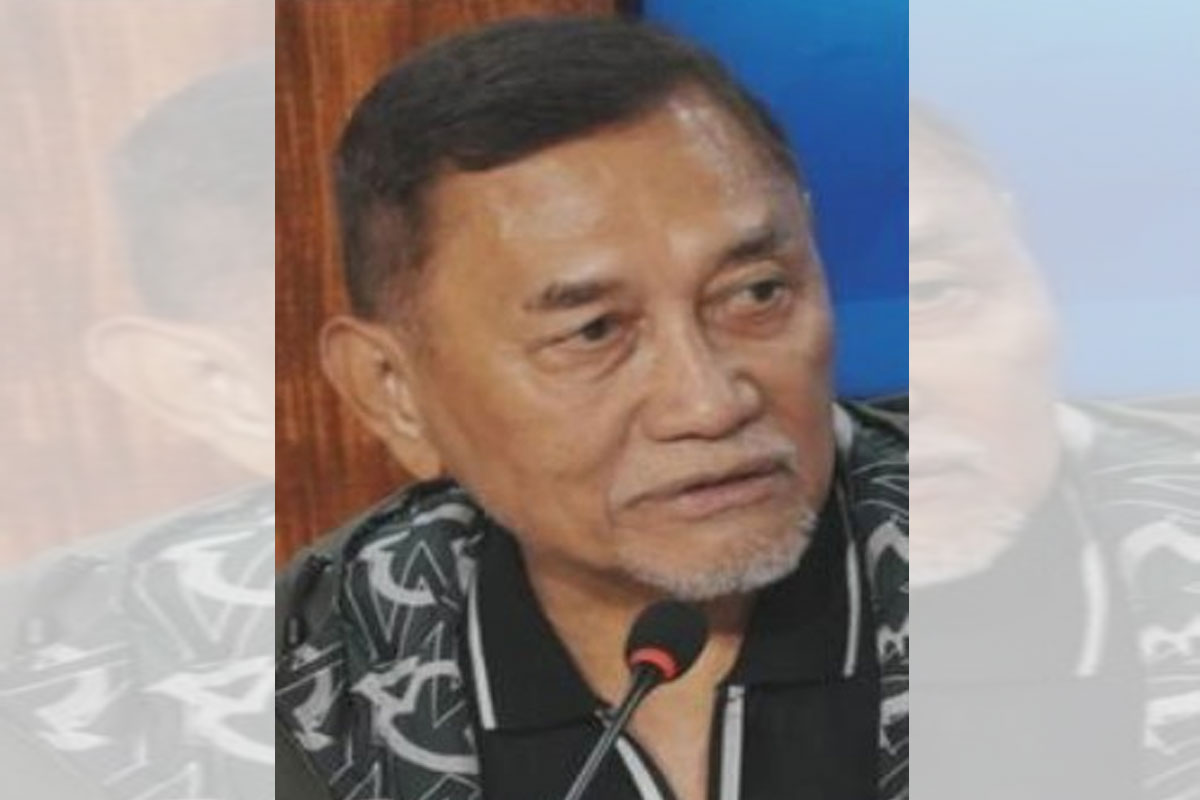 Source: Philippine National Railways
Source: Philippine National Railways
Villafuerte suggests bullet trains for DOTr railways ‘renaissance’ plan
IN light of the Department of Transportation (DOTr)’s grand plan to usher in a “renaissance” in the Philippine railway system, Camarines Sur 2nd District Rep. LRay Villafuerte said the government could make an imposing impact for our country, commuters and domestic tourism by considering the rollout of bullet trains in building the so-called “Bicol Express” and other major rail projects across the country.
Villafuerte, a former governor, backed the DOTr plan to anchor its proposed resurgence in Philippine railways on expanding the operational railways from the current 76.9 kilometers (km) to 1,200 km over the current Marcos administration and beyond for the benefit of an estimated 4.5 million daily passengers.
“Through ODA (official development assistance) or PPP (public-private partnership) financing or a combination of both, the government should consider rolling out bullet trains not only for the planned South Long Haul Project (SLHP) or ‘Bicol Express’ from Laguna to Albay or Sorsogon, but for the other major train systems as well that are in the pipeline under the DOTr’s 30-year railway master plan to usher in a revival in this land transport subsector,” Villafuerte, National Unity Party (NUP) president, said.
Villafuerte, who earlier proposed to the DOTr to consider bullet trains for the “Bicol Express,” said that “now is the best time for the government to ponder over the rollout of this cutting-edge, high-speed rail system not only for the Manila-Bicol railway plan but for other major train ventures, too, under the Marcos administration’s P9.14 trillion flagship infrastructure program (FIP), as the DOTr has stepped up negotiations for railway projects with Japan, which has built the world’s Shinkansen or bullet rail lines.”
As part of the Marcos Administration’s FIP program to build almost 200 flagship projects worth P9.14 trillion combined, Villafuerte recalled that DOTr Secretary Jaime Bautista announced last month the government’s plan to pursue a “renaissance” or revival of the railway system to improve the country’s mass transportation service.
According to Bautista, the DOTr has been having regular discussions with the Japan International Cooperation Agency (JICA) for the application of cutting-edge technology in major railway projects, in the hope of keeping our rail lines modern and on the par with those of other countries.
The supposed glory days of the Philippine railway systems started in the 19th century when local trains reached as far as La Union in Northern Luzon to Albay in Bicol.
Under the 30-year rail system masterplan, Bautista said the government aims to build 1,200 km of rail lines from the current operational tracks totaling just 76.9 km.
Ongoing railway projects are the Metro Manila Subway Project (MMSP) and the North-South Commuter Railway Project (NSCR) from New Clark City in Tarlac to Calamba, Laguna.
Aside from the “Bicol Express,” which will connect the end of the NSCR in Laguna all the way to Albay or Sorsogon, the other major railway systems being eyed by the government include the Mindanao Railway Project (MRP) from the Davao region to the Zamboanga provinces, and the Clark-Subic Railway Project (CSRP) from the Clark Freeport in Pampanga to the Port of Subic in Zambales.
The other rail systems being considered by the Marcos administration include the North Long Haul Project (NLHP), which will connect the metropolis to the Laoag International Airport in Ilocos Region as well as Port Irene and Lal-lo Airport in the Cagayan Valley; the San Mateo River Line Project (SMRLP) that will be a feeder track connecting the end of the Light Rail Transit Line 2 (LRT 2) in Marikina City to the San Mateo and Rodriguez towns in Rizal; and the Metro Cebu Urban Transport Project (MCUTP) that will be a subway system from Carcar City to Danao City.
Apart from ODA financing, the NUP president said the government could possibly tap PPP arrangements as well, as the PPP Center itself said recently that it expected more unsolicited proposals for infrastructure projects following the enactment into law of the PPP Code.
Following the issuance of the PPP Code in December 2023, PPP Center executive director Ma. Cynthia Hernandez expressed confidence that “more financially viable, well-structured, and high-quality PPP projects will be delivered to Filipinos.”
Villafuerte had co-authored Republic Act (RA) 11966 or the “PPP Code of the Philippines.”
Although Villafuerte conceded that a bullet train project would cost a lot more than a traditional rail system, he said his proposal for more high-speed rail projects is not a pie sky, considering that just last month, for instance, three local tycoons—Manuel Pangilinan of Metro Pacific Investments Corporation (MPIC)/Meralco PowerGen Corp. (MGen), Ramon Ang of San Miguel Global Power Holdings Corp. (SMGP) and Sabin Aboitiz of Aboitiz Power Corp.—formally agreed to invest $3.3 billion (or about P155 billion) between them in a liquefied natural gas (LNG) facility in Batangas, in support of clean energy.
Earlier, Villafuerte proposed to the President’s economic managers to build a Japanese-style “bullet” train in lieu of the traditional rail system that was originally considered to run from Laguna to Bicol.
With government officials saying previously that Japan could be one funding source for the “Bicol Express,” Villafuerte said: “It would be ideal for Tokyo to build a bullet train in lieu of a regular railway system, as envisioned in the original financial negotiations with Beijing during the previous Duterte administration, given Japan’s expertise in this state-of-the-art rail technology.”
“Alongside its expertise in building superfast trains, Tokyo would be the ideal funding source for the ‘Bicol Express,’ given its sterling record in financing the Philippines’ flagship projects, particularly in the transportation sector, and the well-established commitment and support of Prime Minister Fumio Kishida for our country’s transport modernization program,” Villafuerte said.
‘If the prospective fund source happens to be Tokyo ODA, we might as well ask the Japanese to design and then build a bullet train for us,” he said.
In drastically cutting the travel time between Metro Manila and Bicol with the use of a bullet train, Villafuerte pointed out that, “This would spell greater economic activity and more jobs in Bicolandia; lead to more Bicolanos returning to their home provinces, which would decongest the national capital; and boost tourism in our region.”
Japan boasts a network of Shinkansen bullet trains that have top speeds of 320 km per hour.
These high-speed trains run across the islands of Hokkaido Honshu and Kyushu, and they were dubbed bullet trains be cause of their speed and aerodynamic bullet shape.
While talks with China reportedly remain open for funding the “Bicol Express,” Bautista has told reporters that the government was considering Japan, South Korea or India as a possible ODA source for this project along with the MRP and the SCRP.
“We are working with other countries. The alternative funding may come from ODA—South Korea, Japan and India,” he said, adding that the government may also opt for private sector participation or the annual General Appropriations Act (GAA) in building the three railway projects.
Villafuerte suggested that the Japanese design a bullet train, considering that Bautista himself said that if any of the three projects will be funded by another ODA source, “We need to get their preferred technical advisers.”
Bautista said the DOTr was on track to complete the nine Japan- funded flagship projects worth P1.315 trillion combined, and which includes the Metro Manila Subway and four other railway projects—the NSCR, Light Rail Transit Line 1 (LRT-1) Cavite Extension, LRT Line 2 East Extension, and the rehabilitation of the Metro Rail Transit Line 3 (MRT-3).
Villafuerte noted that as pointed out by Bautista, Japan has “150 years of experience in rail development with 30,000 km of rail with 25 billion riders a year.”
The “Bicol Express” project will cut travel time between the national capital and Bicol region from the current half-day to just four hours.
“This planned railway project will certainly give a big boost to the economy and tourism in our region, create more jobs and encourage more Bicolanos to stay put in Bicol instead of migrating to the national capital or other urban centers in search of jobs or livelihood opportunities,” Villafuerte said.
This was one of the flagship projects under the “Build, Build, Build” program of the previous Duterte administration, but the Department of Finance (DOF) took back the loan applications in 2022 after the Chinese government failed to act on these project proposals just before then-President Duterte left office that year.




















